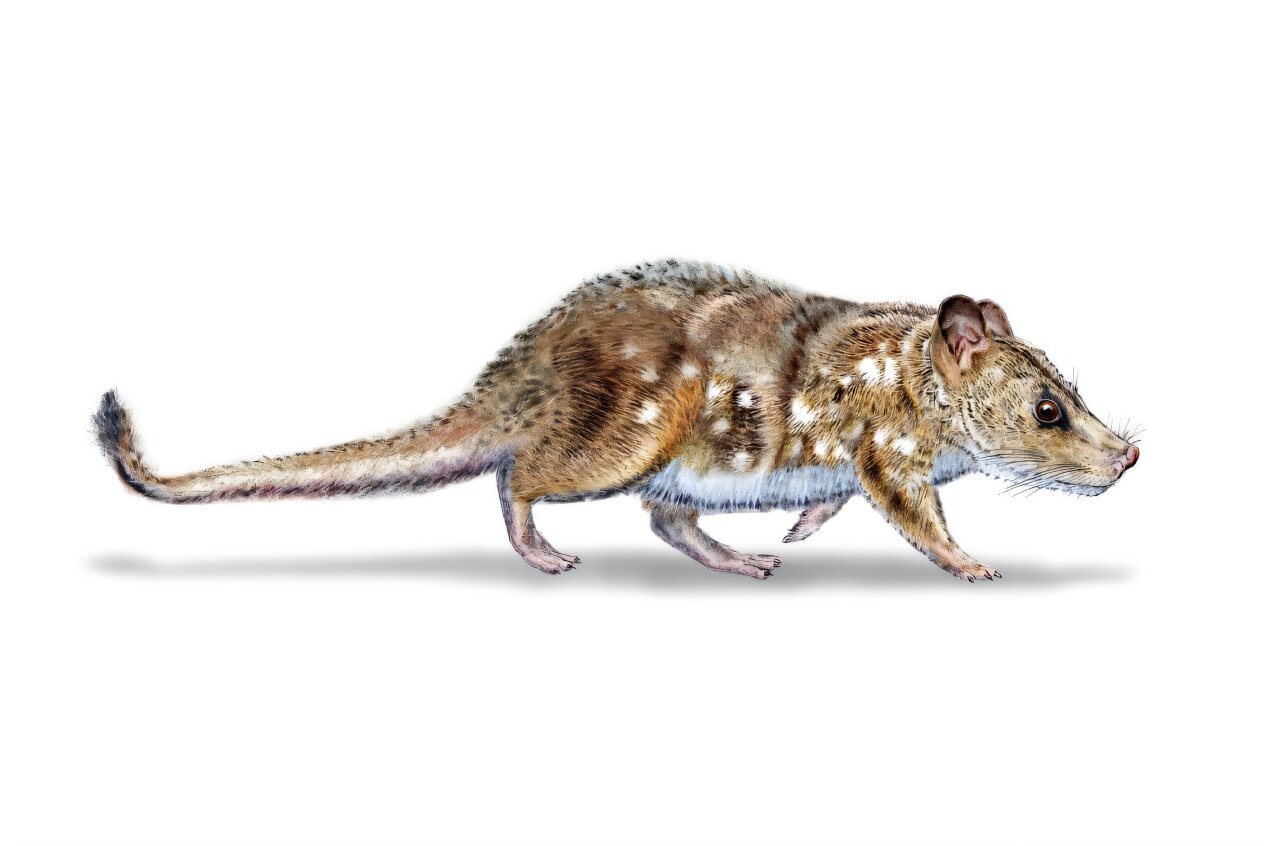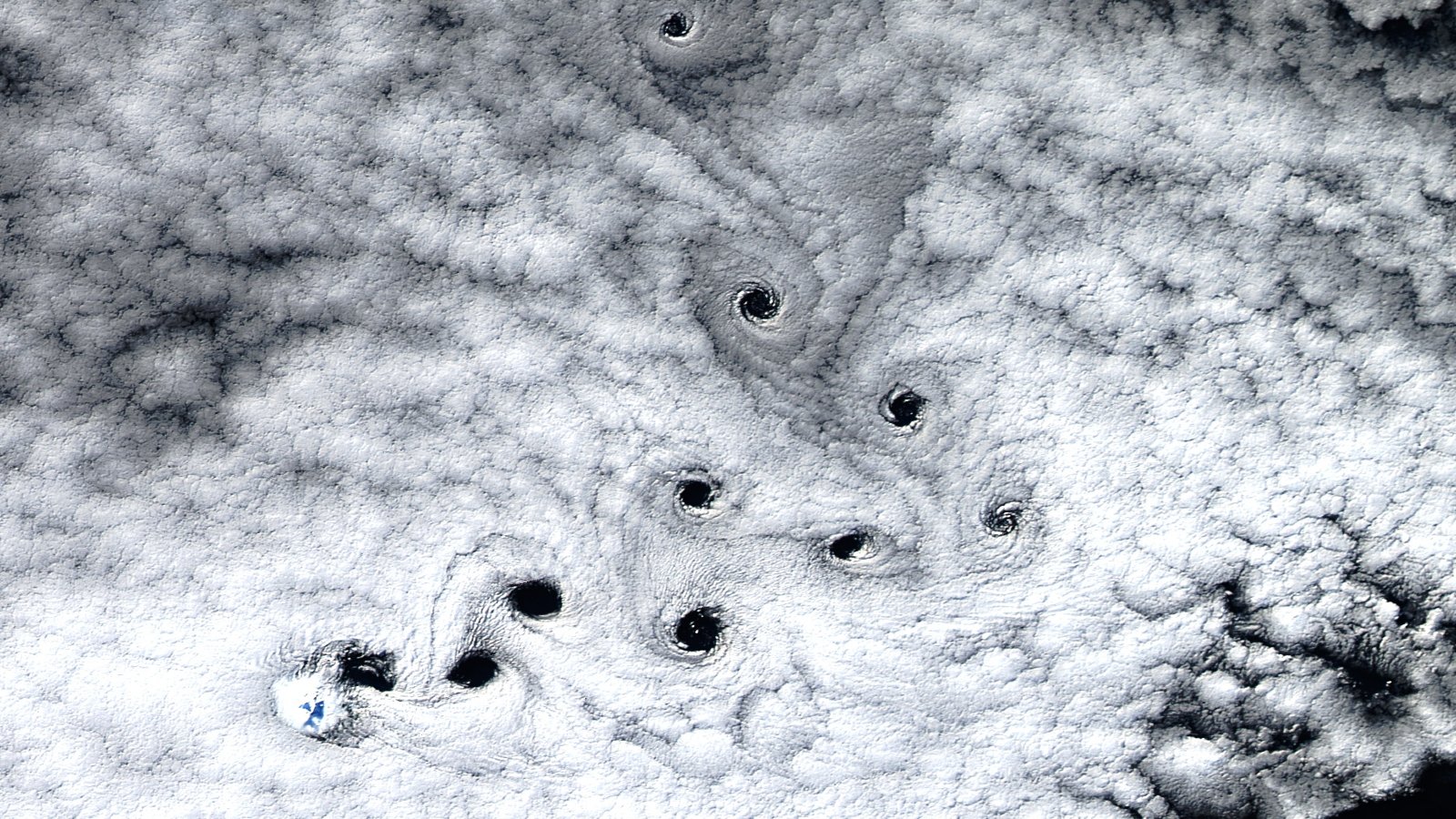
Scientists have discovered the fossil of a tiny mouse-sized mammal that lived in the time of the dinosaurs in Chilean Patagonia.
“Yeutherium pressor” weighed between 30 and 40 grams (about one ounce) and lived in the Upper Cretaceous period, about 74 million years ago.
It is the smallest mammal ever found in this region of South America, dating back to the era when it was part of a continental land mass known as Gondwana.
The fossil consists of “a small piece of jaw with a molar and the crown and roots of two other molars,” said Hans Puschel, who led the team of scientists from the University of Chile and Chile’s Millennium Nucleus research center on early mammals.
The discovery was published this month in the British scientific journal Proceedings of the Royal Society B.
Researchers found the fossil in the Rio de las Las Chinas Valley in Chile’s Magallanes region, about 3,000 kilometers (1,864 miles) south of Santiago.
Despite its similarity to a small rodent, “Yeutherium pressor” was a mammal that must have laid eggs, like the platypus, or carried its young in a pouch like kangaroos or opossums.
The shape of its teeth suggests that it probably had a diet of relatively hard vegetables.
Just like the dinosaurs with whom it coexisted, the tiny mammal abruptly went extinct at the end of the Cretaceous period, about 66 million years ago.

More information:
Hans P. Püschel et al, A subantarctic reigitheriid and the evolution of crushing teeth in these enigmatic Mesozoic mammals, Proceedings of the Royal Society B: Biological Sciences (2025). DOI: 10.1098/rspb.2025.1056
© 2025 AFP
Citation:
Scientists find 74-million-year-old mammal fossil in Chile (2025, August 12)
retrieved 12 August 2025
from https://phys.org/news/2025-08-scientists-million-year-mammal-fossil.html
This document is subject to copyright. Apart from any fair dealing for the purpose of private study or research, no
part may be reproduced without the written permission. The content is provided for information purposes only.




